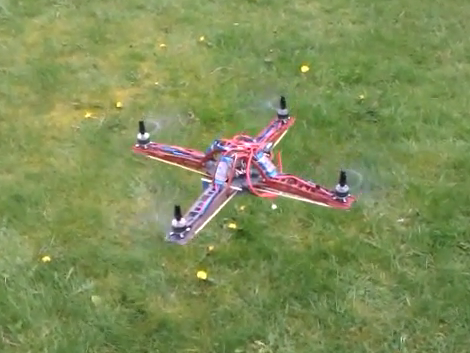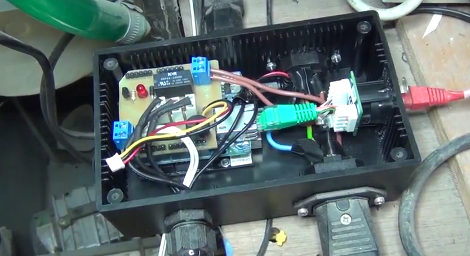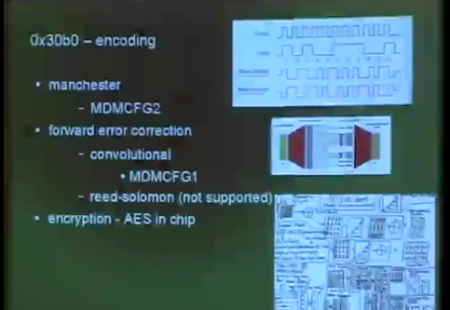
If you want to capture a 3D model of a physical object, you could use a Kinect, a couple of lasers, constructive light, or even a simple touch sensor mounted on a robotic arm. Those are all expensive devices, and somewhat unnecessary now that you can just throw a blanket over an object and get a 3D model instantaneously.
The project is called IM BLANKY and it’s supposed to reproduce 3D shapes by simply throwing it over an object. The petals in the flower motif are pieces of conductive fabric that serve as contacts for the electrified tassel in the center of each flower. When the blanket is thrown over an object, the tassel is pulled by gravity, makes contact with one of the six conductive petals and sends a tilt switch to a microcontroller.
While we’re not too sure about the resolution IM BLANKY will provide with only 20 tilt sensors, but we imagine this could be used for a few medical applications.
via dvice

















